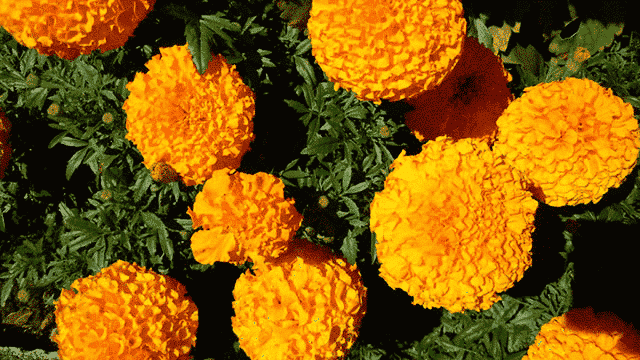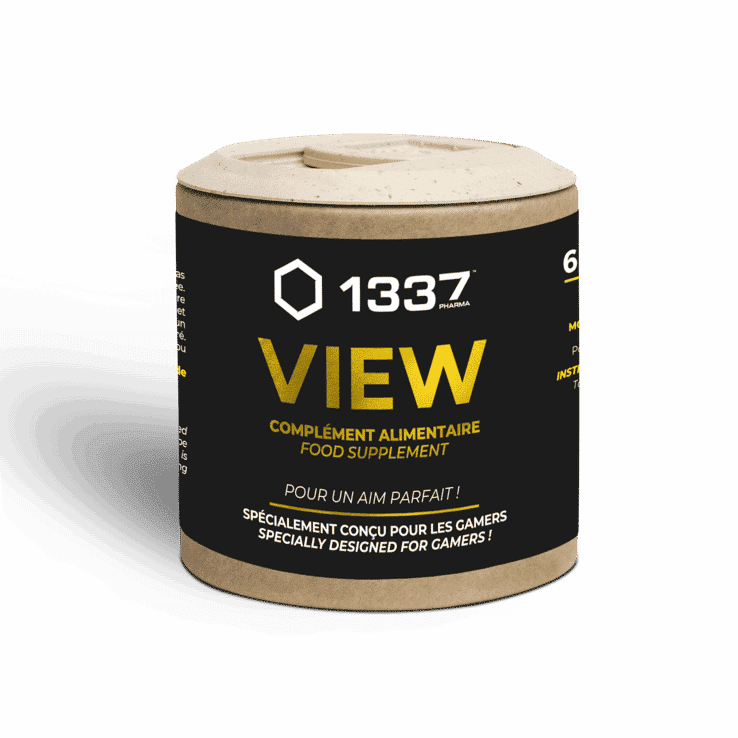Lutein and zeaxanthin
Ingredient
What are lutein and zeaxanthin?
Where does it come from?
Why is it used?
What are the benefits?
Bibliography
What is Lutein and Zeaxanthin?
Lutein and zeaxanthin are yellow carotenoid antioxidants known as macular pigments. They are concentrated in the macula, the central part of your retina, which is a layer of light-sensitive cells on the back wall of your eyeball.
Where does it come from?
Lutein and zeaxanthin are usually found together in foods. Spinach, Swiss chard, kale, parsley, pistachios and green peas are the best sources (FoodData Central, nd).
Additionally, egg yolk, sweet corn, and red grapes may also be high in lutein and zeaxanthin (Sommerburg et al., 1998).
In fact, egg yolks are considered one of the best sources due to their high fat content.
Carotenoids are better absorbed when eaten with fat, so it’s best to add avocado or healthy oils to your leafy vegetable salad. (Abdel-Aal et al., 2013; Brown et al., 2004; van Het Hof et al., 2000)
Why is it used?
A high intake of lutein and zeaxanthin may reduce the risk of eye diseases, such as macular degeneration and cataracts.
Lutein and zeaxanthin work as a natural sunscreen. They are believed to play a central role in protecting your eyes against harmful blue light. (Krinsky, 2002)
Controlled studies show that the consumption of lutein and zeaxanthin is proportional to their levels in the retina. (Ma et al., 2016)
An observational study in middle-aged and older adults noted that consuming 6 mg of lutein and/or zeaxanthin daily significantly reduced the risk of AMD.
The researchers also found that people with the highest intake of lutein and zeaxanthin had a 43% lower risk of macular degeneration than people with the lowest intake. (Seddon et al., 1994)

What are the benefits?
It preserves ocular acuity by filtering blue light from the sun’s rays, which is harmful to the retina. Antioxidant substance, the lutein nourishes and protects the tissues from the harmful action of free radicals. It reduces oxidative stress and the excessively rapid effects of ageing.
Lutein and zeaxanthin have antioxidant properties and they filter out blue light, two actions that researchers believe help prevent retinal degeneration.
Discover other plants used in our products
Bibliography
1. Abdel-Aal, E.-SM, Akhtar, H., Zaheer, K., & Ali, R. (2013). Dietary sources of lutein and zeaxanthin carotenoids and their role in eye health. Nutrients, 5(4), 1169-1185. https://doi.org/10.3390/nu5041169
2. Brown, MJ, Ferruzzi, MG, Nguyen, ML, Cooper, DA, Eldridge, AL, Schwartz, SJ, & White, WS (2004). Carotenoid bioavailability is higher from salads ingested with full-fat than with fat-reduced salad dressings as measured with electrochemical detection. The American Journal of Clinical Nutrition, 80(2), 396-403. https://doi.org/10.1093/ajcn/80.2.396
3. FoodData Central. (nd). Retrieved March 19, 2022, from https://fdc.nal.usda.gov/fdc-app.html#/fooddetails/331960/nutrients
4. Krinsky, NI (2002). Possible biological mechanisms for a protective role of xanthophylls. The Journal of Nutrition, No. 132(3), 540S-542S. https://doi.org/10.1093/jn/132.3.540S
5. Ma, L., Dou, H.-L., Wu, Y.-Q., Huang, Y.-M., Huang, Y.-B., Xu, X.-R., Zou, Z .-Y., & Lin, X.-M. (2012). , Lutein and zeaxanthin intake and the risk of age-related macular degeneration: A systematic review and meta-analysis. The British Journal of Nutrition, 107(3), 350‑359. https://doi.org/10.1017/S0007114511004260
6. Ma, L., Liu, R., Du, JH, Liu, T., Wu, SS, & Liu, XH (2016). Lutein, Zeaxanthin and Meso-zeaxanthin Supplementation Associated with Macular Pigment Optical Density . Nutrients, 8(7), E426. https://doi.org/10.3390/nu8070426
7. Seddon, JM, Ajani, UA, Sperduto, RD, Hiller, R., Blair, N., Burton, TC, Farber, MD, Gragoudas, ES, Haller, J., & Miller, DT (1994). Dietary carotenoids, vitamins A, C, and E, and advanced age-related macular degeneration. Eye Disease Case-Control Study Group. JAMA, 272(18), 1413-20.
8. Sommerburg, O., Keunen, JE, Bird, AC, & van Kuijk, FJ (1998). Fruits and vegetables that are sources for lutein and zeaxanthin: The macular pigment in human eyes. The British Journal of Ophthalmology, 82(8), 907-910. https://doi.org/10.1136/bjo.82.8.907
9. van Het Hof, KH, West, CE, Weststrate, JA, & Hautvast, JG (2000). Dietary factors that affect the bioavailability of carotenoids. The Journal of Nutrition, 130(3), 503-506. https://doi.org/10.1093/jn/130.3.503

